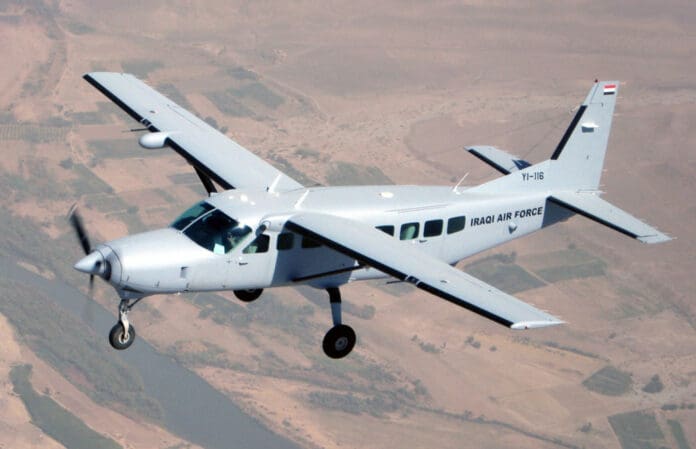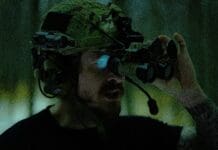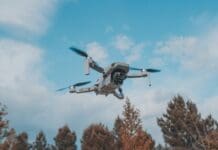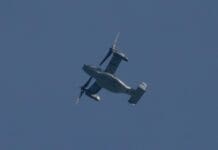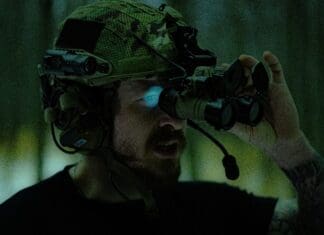This post is also available in:
 עברית (Hebrew)
עברית (Hebrew)
The U.S. Air Force is preparing to test an advanced autonomous aircraft system developed by Reliable Robotics. Under a new $17.4 million contract, the company will supply its Reliable Autonomy System (RAS) for integration and testing aboard a Cessna 208B aircraft.
The system is designed to fully automate flight operations, from taxiing and takeoff to navigation and landing. It incorporates multiple layers of redundancy and cutting-edge navigation technology to ensure safe, reliable uncrewed flight. This project is a major step toward redefining military aviation, with significant implications for the Air Force’s logistics and mobility capabilities.
According to General Mike Minihan (Ret.), former Commander of Air Mobility Command, autonomous aircraft systems offer substantial advantages for military operations. “Autonomous aircraft are a true force multiplier,” he said, highlighting their potential to enhance Agile Combat Employment (ACE. By automating logistics missions, the Air Force aims to increase operational tempo while reducing risk and extending reach.
The Reliable Autonomy System is designed as a comprehensive solution for integrating uncrewed aircraft into both civil and military airspaces. It aims to operate seamlessly within existing air traffic systems while improving efficiency and safety. Reliable Robotics has been collaborating with the U.S. Air Force on various contracts and exercises, including integration efforts on the Cessna 208B Caravan and KC-135 Stratotanker.
The company is also working on supporting the development of the Autonomy Government Reference Architecture (A-GRA), a multi-mission framework that will allow the Air Force to deploy autonomous systems across various platforms and missions. This framework is expected to leverage Reliable’s advancements in commercially certifiable autonomy, according to the press release.
For Reliable Robotics, this deployment represents a step toward scaling its autonomous systems for both commercial and defense aviation. The company’s goal is to enhance safety and reduce costs in aviation while addressing common incident causes and improving operational capabilities.


